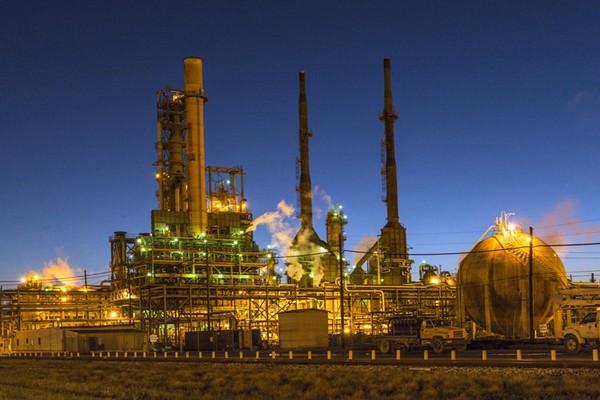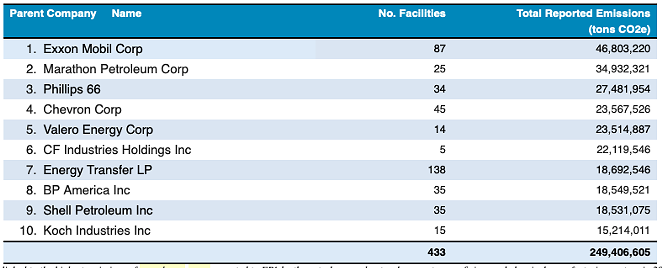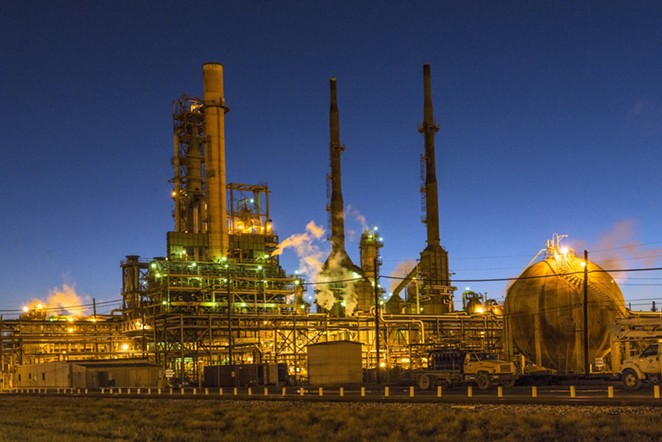San Antonio’s Valero Energy is the oil industry’s fifth-largest emitter of greenhouse gases

San Antonio-based Valero Energy Corp., one of nation’s largest refiners, ranks among the oil and gas industry’s worst emitters of greenhouse gases, according to a new analysis of federal data.
Valero’s 14 production facilities — including several in Texas — released a total of 23.5 million tons of carbon emissions 2019, the Environmental Integrity Project reports, citing data from the Environmental Protection Agency and the Energy Information Administration.
That puts the independent refiner ahead of fossil fuel heavyweights such as BP America Inc., Shell Petroleum Inc. and Koch Industries Inc., according to EIP’s national online database of emitters. Exxon Mobil Corp. topped the list, releasing 46.8 million tons of greenhouse gases last year.
Valero had no immediate comment on the report.
Greenhouse gases such as carbon dioxide, methane and fluorinated gases trap heat in the atmosphere, contributing to rising global temperatures. While some of those gases occur naturally, fossil fuel production has accelerated the pace of climate change, according to scientific research.

- Environmental Integrity Project
- The table above lists companies linked to the highest emissions of greenhouse gases reported to EPA by the petroleum and natural gas systems, refining, and chemical manufacturing sectors in 2019. Source: U.S. EPA, Reported Parent Companies, 2019 dataset (October 10, 2020). Company names appear as recorded by EPA. Greenhouse gases are measured in carbon dioxide equivalents (CO2e), expressed in short tons per year.
Although greenhouse gas pollution from oil and gas activity has declined during the pandemic, emissions rose 34% from 2016 to 2019, according to EIP’s report. Research also suggests emissions will rise an additional 15% by 2026 as the economy recovers, prompting development of new production facilities fueled by inexpensive natural gas.
“The oil and gas industry is in a slump now, and there’s talk of a transition to a cleaner energy economy — but it’s very likely that greenhouse gas pollution from this sector will surge back upward as the economy improves the next few years,” EIP Senior Research Analyst Alexandra Shaykevich said in an emailed statement.
Stay on top of San Antonio news and views. Sign up for our Weekly Headlines Newsletter.














